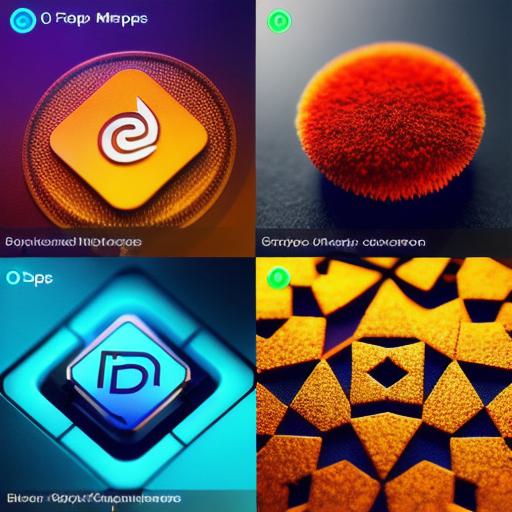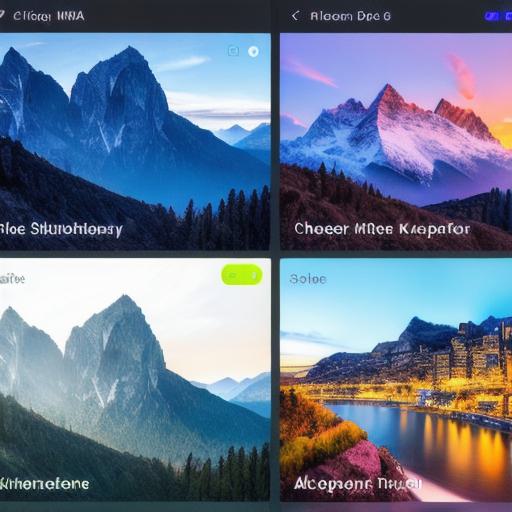Introduction:
The world is changing rapidly, and so are the ways we interact with each other. With the rise of blockchain technology and decentralized applications (dApps), we are now able to build trustless systems that can operate without intermediaries. Flutter is a mobile app development framework that has gained popularity in recent years due to its fast development cycle, cross-platform capabilities, and beautiful user interface. In this article, we will explore how you can use Flutter and Web3 integration to build decentralized apps that can leverage the power of blockchain technology.
- What are dApps?
dApps are applications that run on a blockchain network rather than being controlled by a central authority. They rely on smart contracts, which are self-executing programs that automatically enforce the rules and logic of the application. By eliminating intermediaries, dApps offer several advantages over traditional apps, including faster transactions, reduced costs, and increased security. - Why choose Flutter for building dApps?
Flutter is a mobile app development framework that was developed by Google in 2017. It offers several advantages for building dApps, including its fast development cycle, cross-platform capabilities, and beautiful user interface. Flutter allows you to build apps for both iOS and Android platforms with a single codebase, which can save you time and money compared to building separate apps for each platform. Additionally, Flutter is open source, meaning that you have complete control over the design and functionality of your app. - Web3 integration in dApps
Web3 refers to the third generation of the World Wide Web, which is built on blockchain technology. Web3 dApps are decentralized applications that leverage the power of blockchain technology to provide new services and functionalities that were not possible with traditional web apps. Some examples of Web3 dApps include cryptocurrency exchanges, social media platforms, and supply chain management systems. - Building a dApp with Flutter and Web3 integration
To build a dApp with Flutter and Web3 integration, you will need to follow these steps:
- Choose a blockchain platform: There are several blockchain platforms available, including Ethereum, EOS, and Tron. Each platform has its own strengths and weaknesses, so it’s important to choose the one that best suits your needs.
- Develop your smart contracts: Smart contracts are self-executing programs that automatically enforce the rules and logic of your dApp. You will need to develop these contracts using a programming language such as Solidity (for Ethereum) or Go (for EOS).
- Build your user interface: Flutter allows you to build beautiful user interfaces for your dApp, which can be customized to meet your specific needs.
- Integrate Web3 functionality: You will need to integrate Web3 functionality into your app using a library such as web3.js or ethers.js. This will allow your app to interact with the blockchain network and perform transactions.
- Test and deploy your app: Once your app is complete, you will need to test it thoroughly to ensure that it works as expected. You can then deploy your app to the blockchain platform of your choice.
Conclusion:

In conclusion, building dApps with Flutter and Web3 integration is a powerful way to leverage the benefits of blockchain technology for your users. By following these steps, you can build fast, secure, and decentralized applications that can revolutionize the way we interact with each other. With the rise of decentralized finance (DeFi) and other innovative dApps, the possibilities are endless. So why not give it a try?
